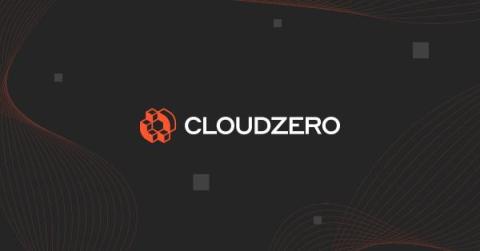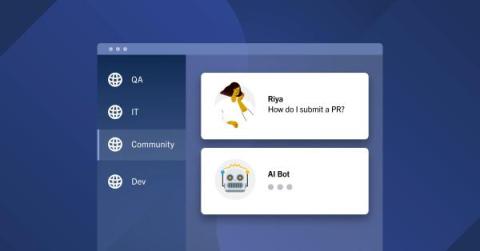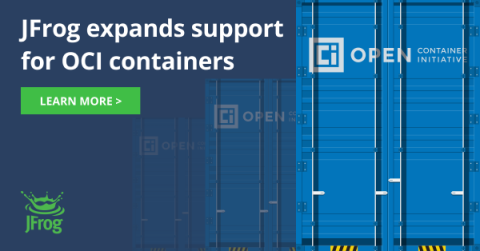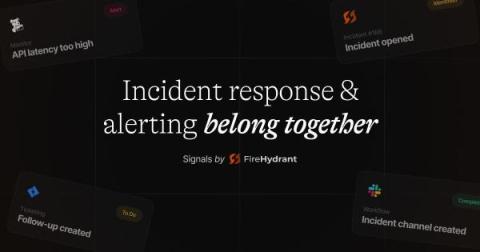Operations | Monitoring | ITSM | DevOps | Cloud
Latest News
Leveraging AI for community moderation: A tale of two assistants
AWS Bans RI Resale - What This Means For Cloud Users
Expanding OCI support in JFrog Artifactory with dedicated OCI repos
From Beginner to Pro: The Three Stages of Git Adoption
When teams choose Git for version control, people often think of that as a one-time event, but Git adoption generally progresses through distinct stages.
Stop observing, start automating: RedHat and LogicMonitor pioneer the next gen of Event-Driven Ansible
Announcing HAProxy 2.9
HAProxy 2.9 further extends HAProxy's performance, flexibility, and observability. This release came together through the efforts of all the community members who got involved. A release like this requires feature requests, bug reports, forum discussions, code submissions, QA tests, and documentation! In other words, this project is fueled by people like you! If you're interested in joining this vibrant community, it can be found on GitHub, Slack, Discourse, and the HAProxy mailing list.
Canonical joins the Sylva project
Edge storage with MicroCeph
Captain's Log: Diving into our scheduling design
On-call scheduling is tricky. Like, really tricky. It was one of the scariest parts when we decided to build a modern alerting system earlier this year. We knew we couldn't cut any corners on Day One of our release because it needed to be a fully loaded feature for someone to realistically use our product (and replace an incumbent). This meant including windowed restrictions, coverage requests, and simple to complex rotations.










